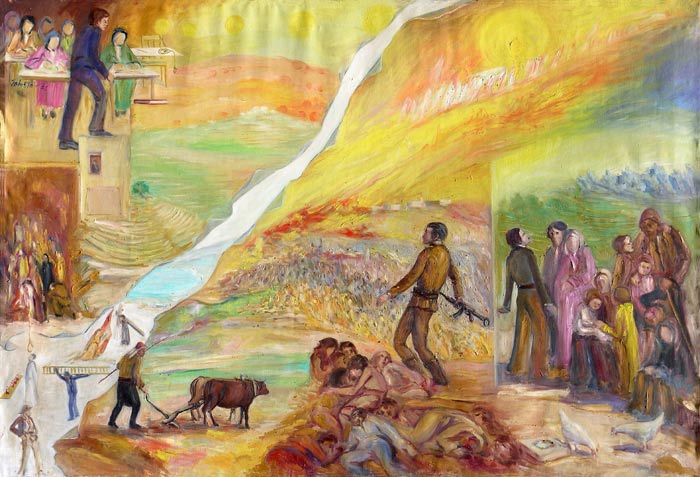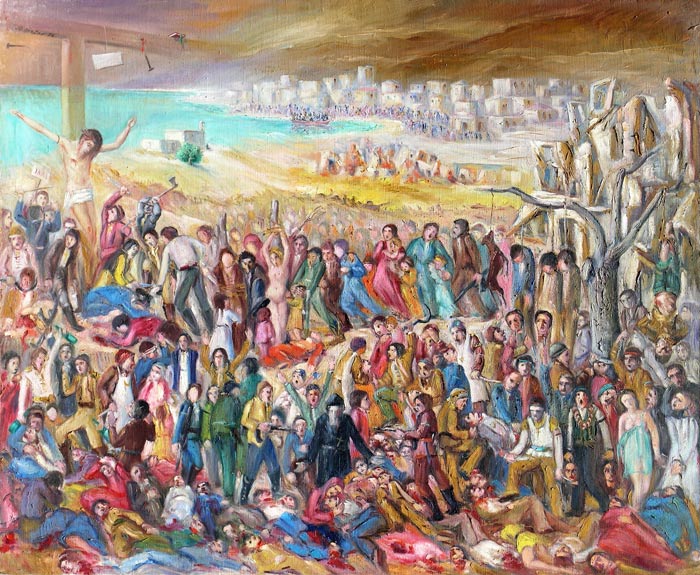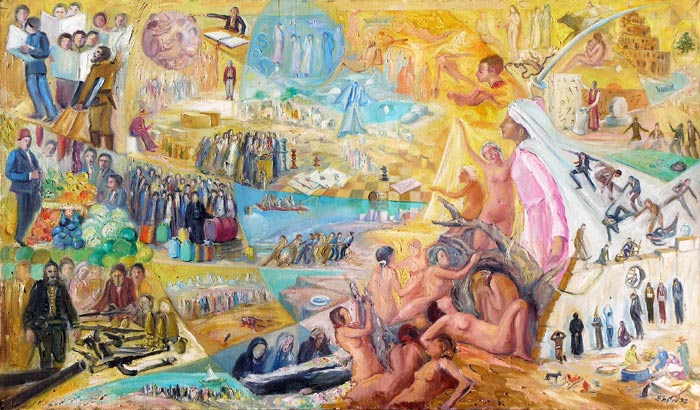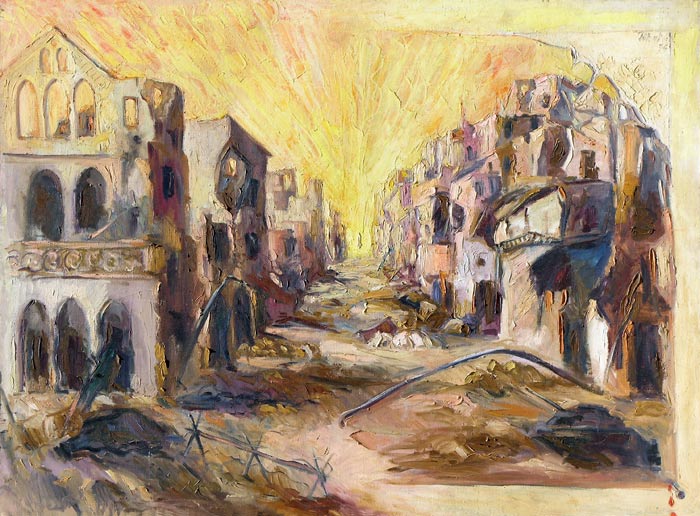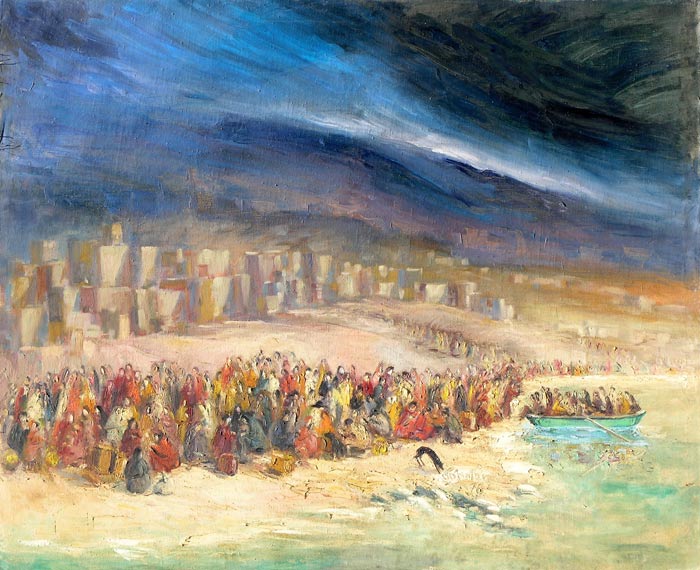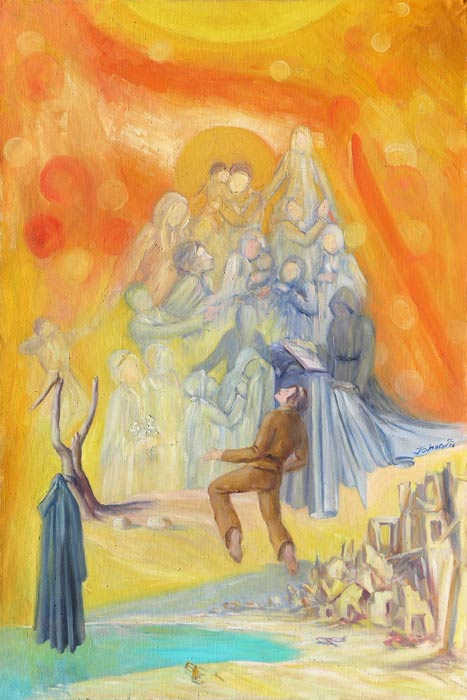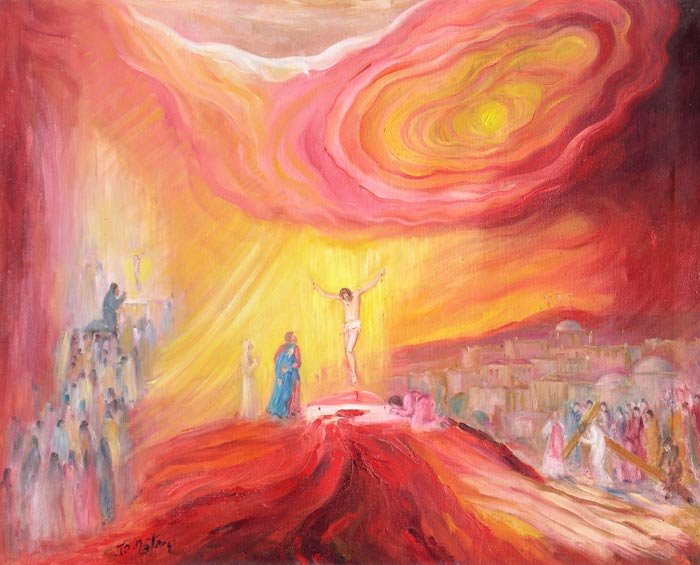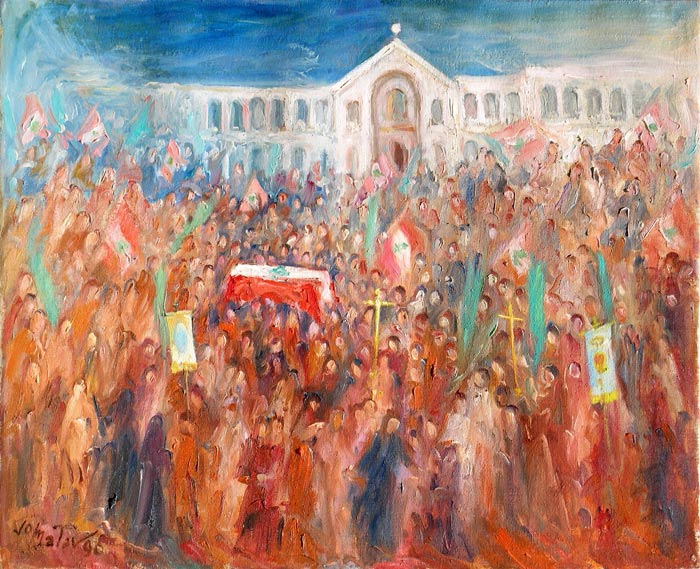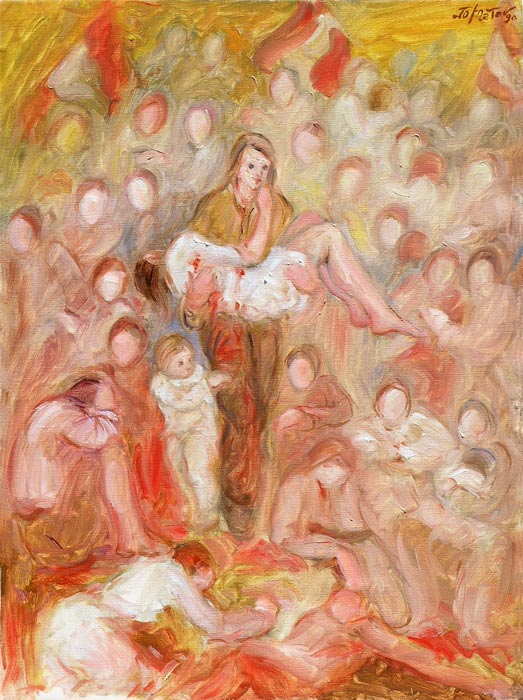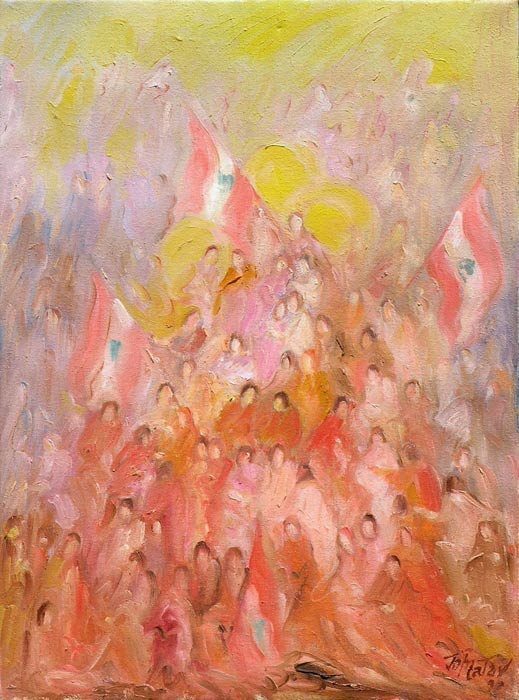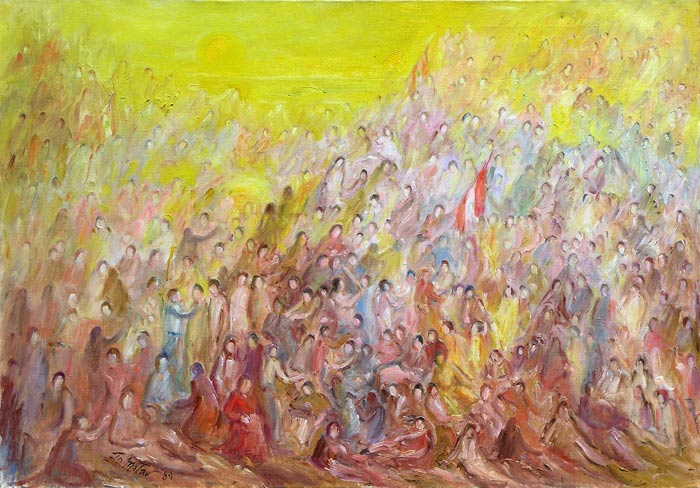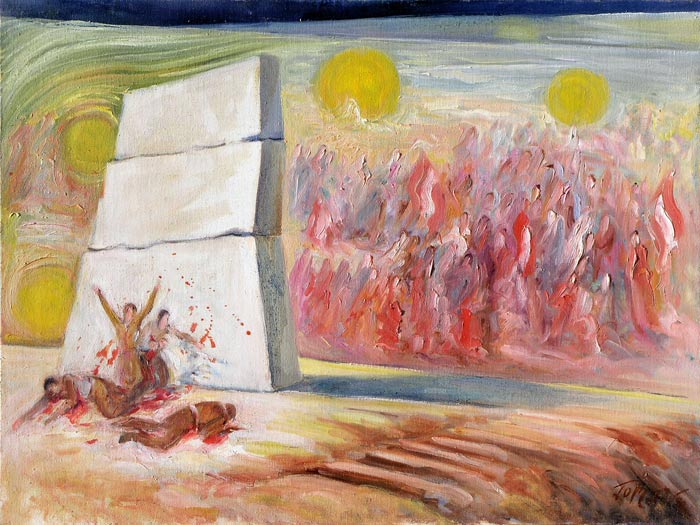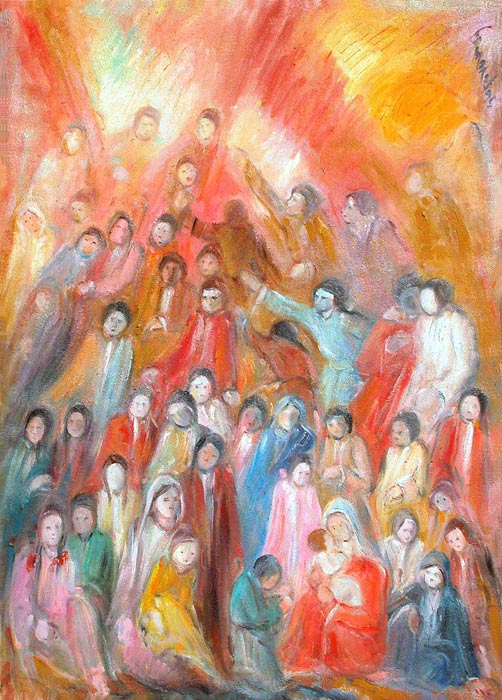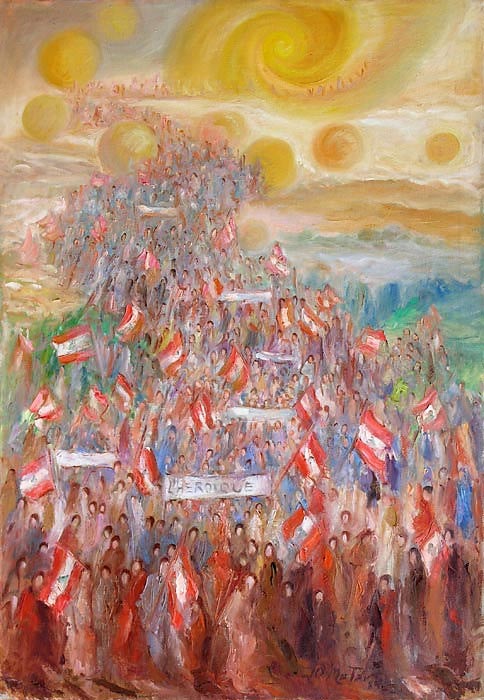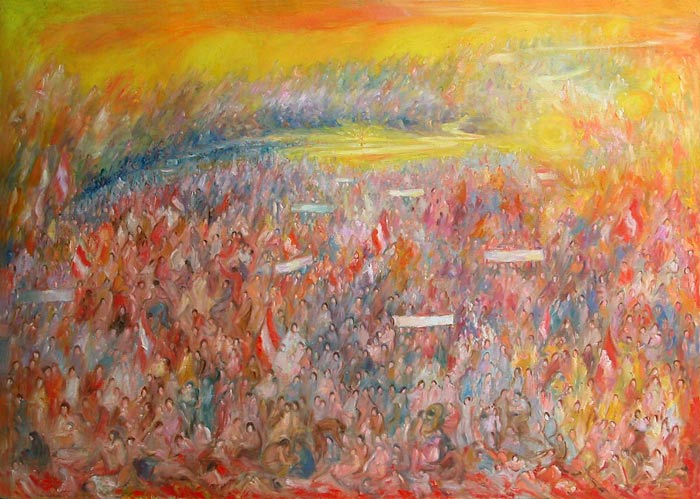
The History of a Period
The History of a Period
In order to make ourselves clear and to reach a persuasive synthesis, let us give a few definitions.
Fatherland and Nation: a human group held together by a feeling of common belonging to one and the same human, social, cultural, linguistic, economic and historic destiny, generally settled on one particular defined territory, for the destiny of which one is expected to show love and respect.
Traitor, with treason, conspiracy, etc.: whoever abandons his clan or people and is no longer faithful to its destiny, nor is true to his obligations, being cowardly, faithless, deceitful and dangerous, and who sells himself to other States or individuals to secretly foment disturbances, massacres and murders directed against his fellow citizens.
Martyr: whoever is put to death and/or tortured for his faith, his cause, his ideal or his social attachments, on behalf of which he sacrifices himself.
Lebanon: a clearly defined geographic area chosen by the Creator for a beloved people.
Artist: a poet creator and interpreter expressing a situation, an idea, a historical reality or an event in a work of art.
The socio-political and cultural milieu: the material, social, cultural and human area and the factors acting on any living person or group of persons, where a man is formed by his circle of friends, his relatives, social customs, etc., and even by his enemies.
An event is a historic occurrence which modifies the routine that is habitual or expected in daily life. Such was the hanging in 1633 of Emir Fakhreddine, he who had been prince of a united Lebanon. Prior to Fakhreddine, and in 1613 during his rule, the Ottoman authority repeatedly raised an army, purportedly to restore order in Lebanon.
After the First World War, the Allies, including France, granted Lebanon its independence, providing it with an infrastructure for its prosperity, liberty, peace and so on, but as all the prophets had foreseen Lebanon has shown itself unable to truly subsist. Its people is composed of heterogeneous communities which agree to live together only when it is convenient for them and when their particular tutelary powers concur in the same objective.
In particular, two conceptions constantly confront each other: on the one hand the Muslim group has a wish not to be separated from the other Muslim countries, while the Christian group remains attached to the Christianized West (Europe or America). Despite the good intentions affirmed in the National Pact of 1943, all the crises affecting the Middle East find expression in a division of Lebanon, justifying the famous expression of Michel Chiha, “Two negations do not make a nation.”
So this is what happens. Some wish to maintain a connection with Syria, a neighboring state that has never admitted the independence of Lebanon with its particular liberty. In the days of Abdul Nasser there were many who were more Nasserist that Nasser. For some, in the days of the communist USSR, communism was their ideal. Others made Lebanon an affair of family or of clan for land or profit.
The Palestinians, originally accepted as guests, became a dangerous animal. Saudi Arabia had its agents, as did Iran, Iraq, Libya, Israel and the dollar itself.
Traitors sowed instability, disaster, terrorism and the ruin of the country. A civil war without mercy raged with the support of powers of every description to put Lebanon under Syrian mandate, which showed itself worse than the old Ottoman regime, even more bloody, with the Palestinians also becoming involved. Nobody was neutral or independent. It is rare to meet a Palestinian who does not have an uncle, a cousin or a nephew in the country, which is only natural after a presence of more than sixty years with unions in this land of welcome.
Let us consider just a little. Those who now demand autonomy, freedom, sovereignty, etc. are the very ones who with their ancestors and their political parties have paralyzed Lebanon, making this beautiful land a martyr and stabbing it in the back. These people present themselves as liberators – what a disgrace! This is our history with its martyrs who have sacrificed themselves over four hundred years and which are brushed aside to be replaced on the podium by profiteers.
The reading must be gone over again. It is not only a history lesson that I am giving. I wish to speak of the creative artist and of the Pact of those who have lived through this drama, who have rubbed shoulders with saints and with assassins, with statesmen and with cowardly conspirators, with valiant heroes, with clear-minded thinkers and with profiteers seizing every advantage.
The artist has sought to express his understanding of the facts under plastic forms with the appropriate colors, lines, and surfaces. Each canvas has seen the light of day bearing with its emotion, sensation, and knowledge, altogether some twenty works, of medium or large dimensions, from 1975 to ’76 and from 1980 to ’81 and ’82, some of which were exhibited in Sao Paulo in Brazil. They show happenings of daily life interpreted with simplicity and sincerity.
The Nation of Lebanon is great, noble and glorious, something unique. Can one imagine a people who in less than a century give humanity four saints, three men, and one woman? Yet in this very land horrible crimes and massacres have been committed by those on the margin of civilization, by fanatics or by the impious, people not Lebanese who do not belong to our culture, for their ideology does not bind them to the soil but rather to their belief wherever they may be found.
Physical frontiers have no meaning for them, only the religious dimensions. During the years 1975 and ’76 and 1980 to ’85, the national, human and historical theme was treated in the light of various events occurring continually and often interpreted through allegories, legends, and symbols.
I pass in review some considerations which resume the history and the human, national, cultural and plastic implications.



